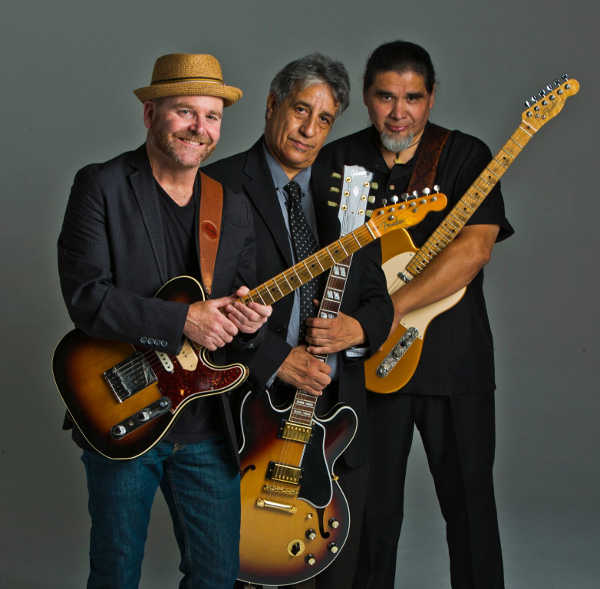
LAKEPORT, Calif. – Scottish folk singer Jim Malcolm returns to Lake County to perform music from his brand new CD “Spring Will Follow On” as well as other favorites from his past CDs on Friday, Feb. 2.





Award winning journalism on the shores of Clear Lake.
 |
 |
 |
 |
 |